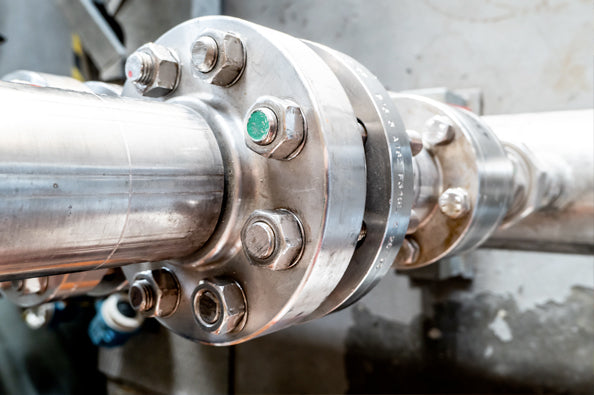Cracking the Code: Unraveling the Most Common Causes of Joint Failure in Engineering
In the intricate tapestry of structural engineering, joint failure is a critical concern that can have far-reaching consequences. Understanding the root causes of joint failure is paramount to ensuring the longevity and reliability of structures. In this in-depth exploration, we will dissect the most common cause of joint failure, shedding light on the complexities that engineers grapple with in their pursuit of structural integrity.
I. The Culprit: Fatigue Failure
1. Overview of Fatigue Failure:
The most common cause of joint failure in engineering is fatigue failure. Fatigue occurs when a material undergoes repetitive loading and unloading, leading to the initiation and propagation of cracks over time. This phenomenon is particularly prevalent in structures subjected to cyclic or fluctuating loads.
2. The Fatigue Crack Initiation Process:
Fatigue failure often initiates with the microscopic formation of cracks at stress concentrations or defects within the material. These tiny cracks may be imperceptible at first but progressively grow with each loading cycle, eventually reaching a critical size that leads to catastrophic failure.
II. Factors Contributing to Fatigue Failure: Unraveling the Complexity
1. Loading Conditions:
The type and magnitude of loads play a crucial role in fatigue failure. Structures exposed to repeated dynamic loads, such as bridges, aircraft components, and machinery, are more susceptible. Understanding the loading conditions is essential in predicting and preventing fatigue failure.
2. Material Properties:
The material's fatigue strength, endurance limit, and resistance to crack propagation are pivotal factors. Different materials exhibit varying fatigue characteristics, and engineers must carefully select materials based on the specific requirements and stress levels anticipated in the application.
3. Design Considerations:
Inadequate design, including improper geometry, stress concentrations, and inadequate fillet radii, can contribute to the initiation and propagation of fatigue cracks. Engineers must employ robust design practices to minimize stress concentrations and enhance the fatigue life of joints.
III. Mitigating Strategies: Strengthening the Weakest Links
1. Inspection and Monitoring:
Regular inspections and structural health monitoring can detect early signs of fatigue, allowing for timely intervention before catastrophic failure occurs. Non-destructive testing techniques, such as ultrasonic testing and eddy current testing, are valuable tools in assessing the integrity of joints.
2. Design Improvements:
Enhancing the design by incorporating features such as smooth transitions, avoiding sharp corners, and optimizing fillet radii can reduce stress concentrations and mitigate the risk of fatigue failure. Finite element analysis (FEA) is a powerful tool for simulating and optimizing designs to enhance fatigue resistance.
3. Material Selection:
Choosing materials with superior fatigue properties and considering factors like corrosion resistance can significantly extend the life of joints. Advancements in materials science continue to provide engineers with new options to combat fatigue failure.
IV. Future Directions: Innovations in Fatigue Prevention
As technology advances, researchers and engineers are exploring innovative solutions to prevent fatigue failure. From self-healing materials to advanced predictive modeling, the future holds promising avenues for enhancing the fatigue resistance of joints and structures.
V. Conclusion: Guarding Against the Silent Threat
In conclusion, understanding the most common cause of joint failure—fatigue failure—is pivotal for engineers seeking to safeguard structures against unforeseen challenges. By addressing loading conditions, optimizing designs, and leveraging advanced materials and monitoring techniques, engineers can crack the code to mitigate the risk of fatigue failure and ensure the enduring strength of their creations. This exploration serves as a guide for those navigating the complex landscape of structural integrity.

Post Comment